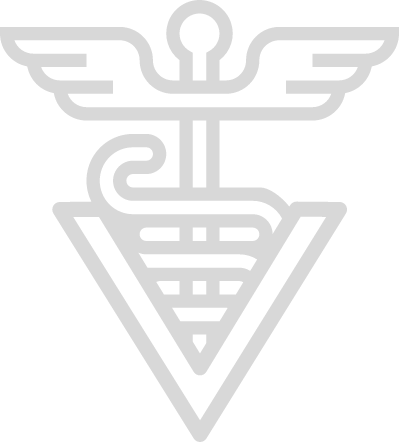
YOU ARE OBSERVING
Milk Dripping from Teats of Pregnant Mare
Summary
There are several things that you should consider when you see a pregnant mare dripping milk.
If the mare is over 320 days gestation and dripping milk, she is probably very close to foaling. If there is significant milk loss (constant and considerable dripping and streaming of milk) the vital first milk (colostrum) will be lost before the foal can ingest it. This alone could be life-threatening to the foal ("failure of passive transfer").
Mares that are dripping milk long before their due date (before 320 days of gestation) are in imminent danger of abortion or premature birth. There is probably an underlying problem with the pregnancy and this must be diagnosed and treated in order to prevent abortion and/or death of the fetus. So premature lactation at this time is a sign that must be taken very seriously.
-
Code Red
Call Your Vet Immediately, Even Outside Business Hours- If the results of the Whole Horse Exam (WHE) in the resting horse indicate fever (Temp >101F/38.3C) or heart rate greater than 48 BPM.
- If it has been less than 320 days since the last breeding date.
-
Code Orange
Call Your Vet at Their First Available Office Hours- If it has been over 320 days since the mare's last breeding date.
your role

What To Do
Assess the horse's general health using the Whole Horse Exam (WHE) on the Late-Term Pregnant Mare, paying particular attention to the presence of absence of vaginal discharge. Check the color of the milk. Consider the mare's attitude, appetite and rectal temperature. Double check the mare's breeding dates before you call your vet. Then contact your vet with these dates, as well as your findings and concerns.What Not To Do
Do not assume that mild dripping from the teats of a pregnant mare is a normal finding.
Skills you may need
Procedures that you may need to perform on your horse.
your vet's role

If the mare is at term, ready to foal, and streaming significant amounts of milk, your vet may advise you to catch and save some of the colostrum for later feeding to the newborn.
If the mare has lost any milk, your vet will likely recommend an antibody test on the foal's blood to determine whether the newborn received adequate antibodies. This is a recommended test even without the history of milk loss.
If the mare is not at term (less than 320 days pregnant) there is cause for concern over the health of the pregnancy. Your vet might recommend that they examine the mare in attempt to identify the problem and give you the options for managing it.
- What are the mare's breeding dates?
- Did the mare undergo an ultrasound in early pregnancy to ensure no twins?
- Is there any vaginal discharge?
- Does the mare appear normal otherwise?
- What are the results of the Whole Horse Exam (WHE)?
- Has there been any problem with the pregnancy prior?
Diagnostics Your Vet May Perform
Figuring out the cause of the problem. These are tests or procedures used by your vet to determine what’s wrong.
Diagnoses Your Vet May Consider
The cause of the problem. These are conditions or ailments that are the cause of the observations you make.
Treatments Your Vet May Recommend
A way to resolve the condition or diagnosis. Resolving the underlying cause or treating the signs of disease (symptomatic treatment)
further reading & resources
Helpful Terms and Topics
Written, reviewed or shared by experts in equine health
